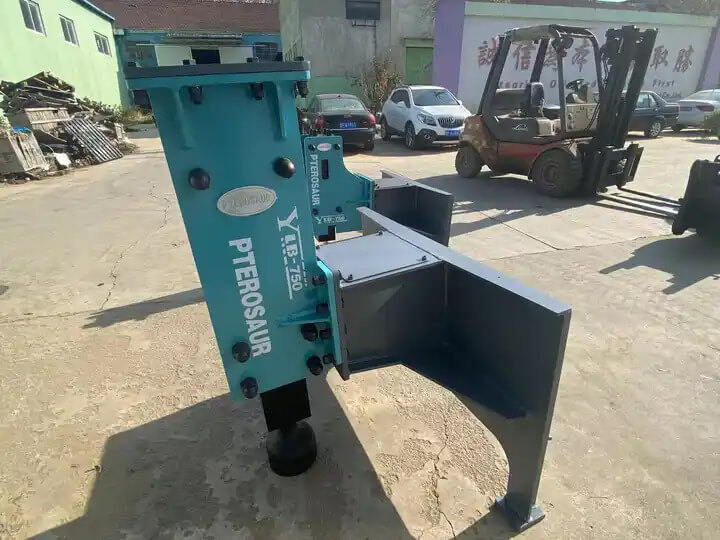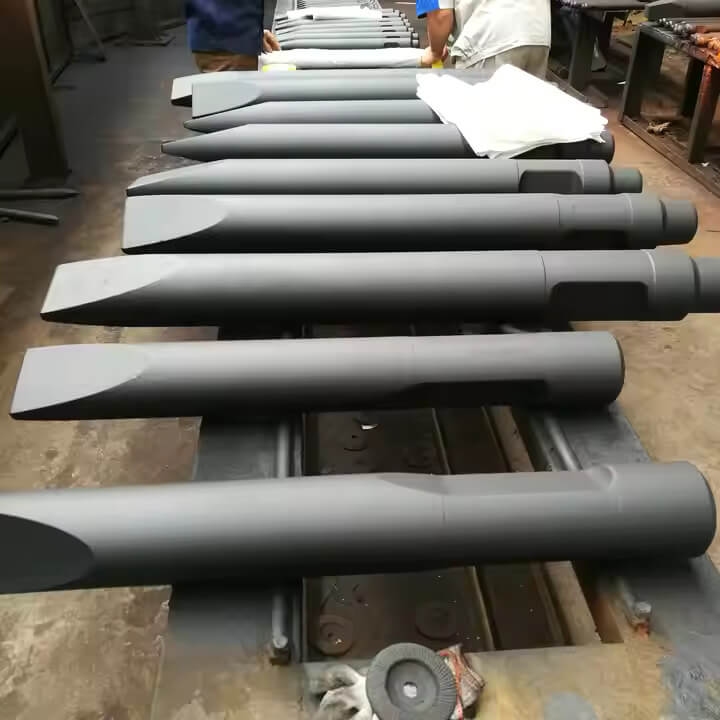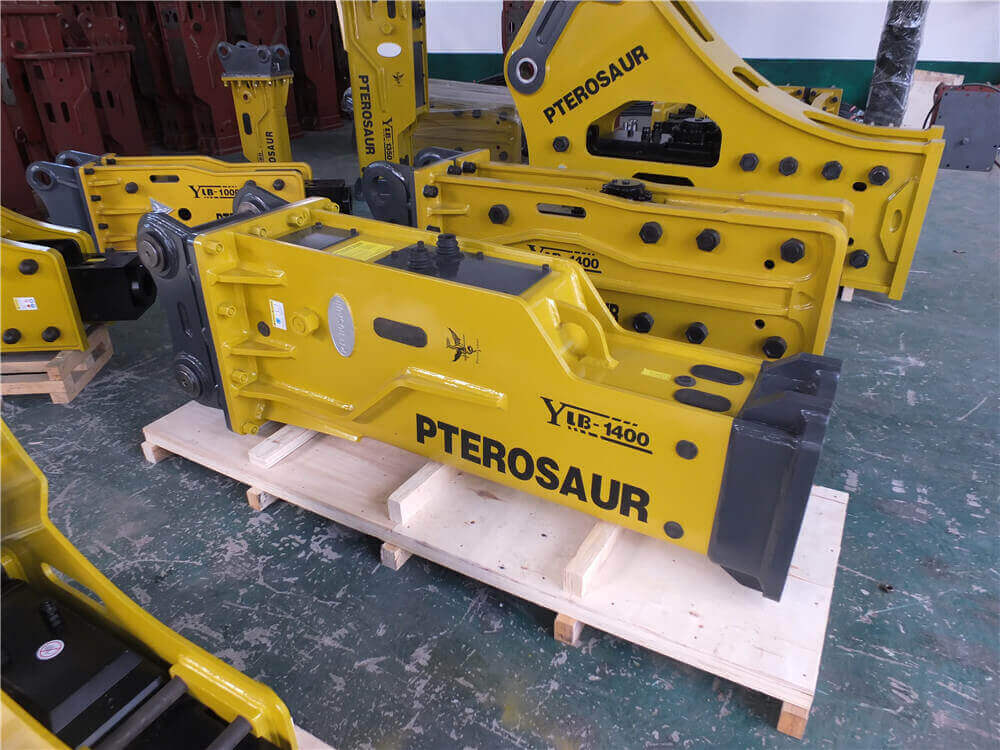
In the realm of railway construction, efficiency and precision are paramount. Hydraulic breakers have emerged as key instruments, transforming traditional methods and enhancing project outcomes. Their integration into various stages of railway construction is helping to meet the increasing demands for safety and effectiveness in infrastructure development.
Key Benefits of Hydraulic Breakers in Railway Projects
- Streamlined Operations: Hydraulic breakers facilitate rapid excavation and material removal, significantly reducing project timelines. This is particularly advantageous in railway construction, where minimizing service disruptions is critical.
- Adaptability to Challenging Environments: Railway construction often takes place in varied terrains. Hydraulic breakers are adept at handling diverse materials, from compacted soil to reinforced concrete, making them suitable for both new track installations and refurbishments.
- Enhanced Precision: With advanced control mechanisms, hydraulic breakers allow operators to focus on specific areas, reducing the risk of collateral damage. This precision is essential when working in proximity to sensitive railway infrastructure or urban settings.
- Environmental Considerations: Hydraulic breakers generate less noise and vibration compared to conventional methods, which is beneficial in maintaining the peace of nearby communities. This makes them an ideal choice for urban railway projects where minimizing disruption is a priority.
- Improved Safety Protocols: The option for remote operation enhances safety for workers on site, allowing them to maintain a safe distance from potentially hazardous activities. This focus on safety is critical in busy railway environments.
Case Studies Illustrating Effectiveness
- New Line Construction: In a recent project to establish a new railway line, hydraulic breakers were utilized to clear existing obstacles, such as old foundations and debris. Their efficiency allowed for rapid site preparation, enabling construction teams to stay ahead of schedule.
- Refurbishment of Existing Tracks: During the refurbishment of aging tracks, hydraulic breakers were employed to remove old ballast and track materials. This efficient process expedited the installation of new track systems, ensuring minimal downtime for trains.
- Tunnel Expansion Projects: In a railway tunnel expansion, hydraulic breakers proved invaluable for removing hard rock and concrete. Their ability to deliver controlled power made the process safer and more efficient, facilitating timely project completion.
- Infrastructure Upgrades: In a station upgrade project, hydraulic breakers were used to demolish outdated platforms and access ways. Their precision ensured that only the necessary areas were affected, allowing the project to enhance passenger facilities without significant disruption.
- Rapid Response to Emergencies: Following severe weather events that damaged tracks, hydraulic breakers were deployed for emergency repairs. Their quick setup and effectiveness in breaking apart debris allowed for fast restoration of service, ensuring minimal impact on railway operations.
Conclusion
Hydraulic breakers are revolutionizing railway construction by providing efficient, precise, and safe solutions for a variety of applications. Their versatility makes them a crucial tool in both new construction and maintenance projects, ensuring that railway systems can meet the growing demands of modern transportation. As the industry continues to evolve, the integration of hydraulic breakers will play a significant role in enhancing the efficiency and reliability of railway infrastructure.




